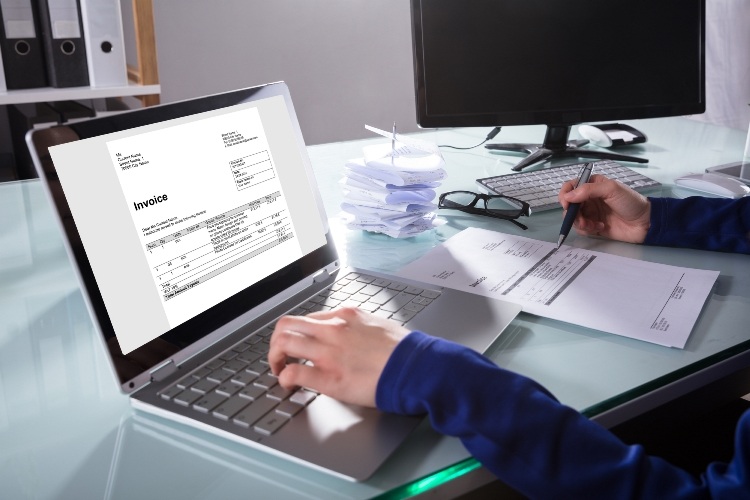You’ve mastered invoicing locally within the UK and have been able to keep your accountant happy and all your documents in order. However, the demand for your product has attracted international interest, and you want to be able to service these new clients while ensuring you’re going to get paid properly.
Being appropriately paid goes beyond getting money into your account and having the proper paperwork to back up the transactions. This process usually happens through invoicing, but invoicing from the EU to the UK after Brexit or invoicing overseas clients is different now. There are some additional requirements and clarifications that are necessary. For those that want to check out additional information not discussed below, click (here).
The last thing that you want to happen is to have to pay additional VAT or other service charges because the paperwork wasn’t entirely in order, or you charged VAT when you didn’t have to and so on. So it’s not tricky invoicing overseas clients, but it’s also simple to make a mistake.
What is needed to go on the invoice?
In addition to the standard templates available for domestic UK customers, invoicing US clients from the UK or invoicing from the EU to the UK (after Brexit) requires two core items. First, it requires the country you supply your goods or services to, sometimes referred to as the country of supply. Then you need to state what currency you wish to get paid in; for example, the country of supply is the Netherlands, and the currency to settle the invoice is in Euro.
Keep in mind which currency you want to issue your invoice in. There’s always the chance that forex volatility can affect how much you end up collecting, even when dealing with EU or US clients. You need to also keep in mind your clients the fees associated with them when it comes to sending payments through British pounds and other local currencies. These can be the fees banks charge for forex spreads and having to send them overseas.
Do I need to issue invoices aboard?
It’s always better to check with your accountant, and if you need to charge VAT or report VAT, you want to ensure that you’re sending an invoice. Even if you’re not going to be charging VAT, having this invoice for international business helps when it comes to accounting purposes and settling upon accounts in various currencies.
If you are registered to charge VAT, you should most likely be charging VAT on your invoices when invoicing from the EU to the UK and vice versa. If it’s within the EU, you may have to register with each country you’re doing business with to collect VAT.
It’s not a complex process, but it makes it so much easier when reclaiming VAT throughout the EU or even if you charge it when invoicing US clients from the UK. That’s why it’s so important to have the correct type of invoicing standardisation and paper trail.
How long do I need to preserve my invoices?
Another thing to remember is that there’s a general rule in the UK to keep all invoices (domestic and foreign) for at least six years. So, when you send out invoices and sales to your purchasing invoices and receipts, this is for both. There are more extended requirements (up to ten years of file storage) when set up with VAT Mini one – Stop Shop or MOSS. Physical copies are required and need to be readily available at a moment’s notice.
This requirement is a minimum, and it’s also a good idea to consider digitising these records as a backup and history of your business activities as you start to expand your market areas.
Always work with professionals
It’s a bright idea to partner with companies and SaaS providers with the proper invoicing templates. These companies also offer invoice collection services that can handle situations when there are overdue invoices, either domestically or abroad. This feature is a support service that can help you and your company get paid, regardless of the region or country and the currency denomination that’s chosen.
Otherwise, your business will constantly be following up and chasing vendors, suppliers, and clients to pay out their invoices instead of focusing on growing your business correctly and focusing on the core that helps generate sales in the beginning. Another headache you want to swerve in the long run.
Don’t focus too much energy on this part, whether you need to handle invoicing US clients from the UK, the UK to the EU, or even further abroad to Asia. It shouldn’t ever be a bottleneck in your business, and once you understand the requirements and best operating procedures, it will be easy to work with.
Must read: Tips on what to include in your unpaid invoice email
